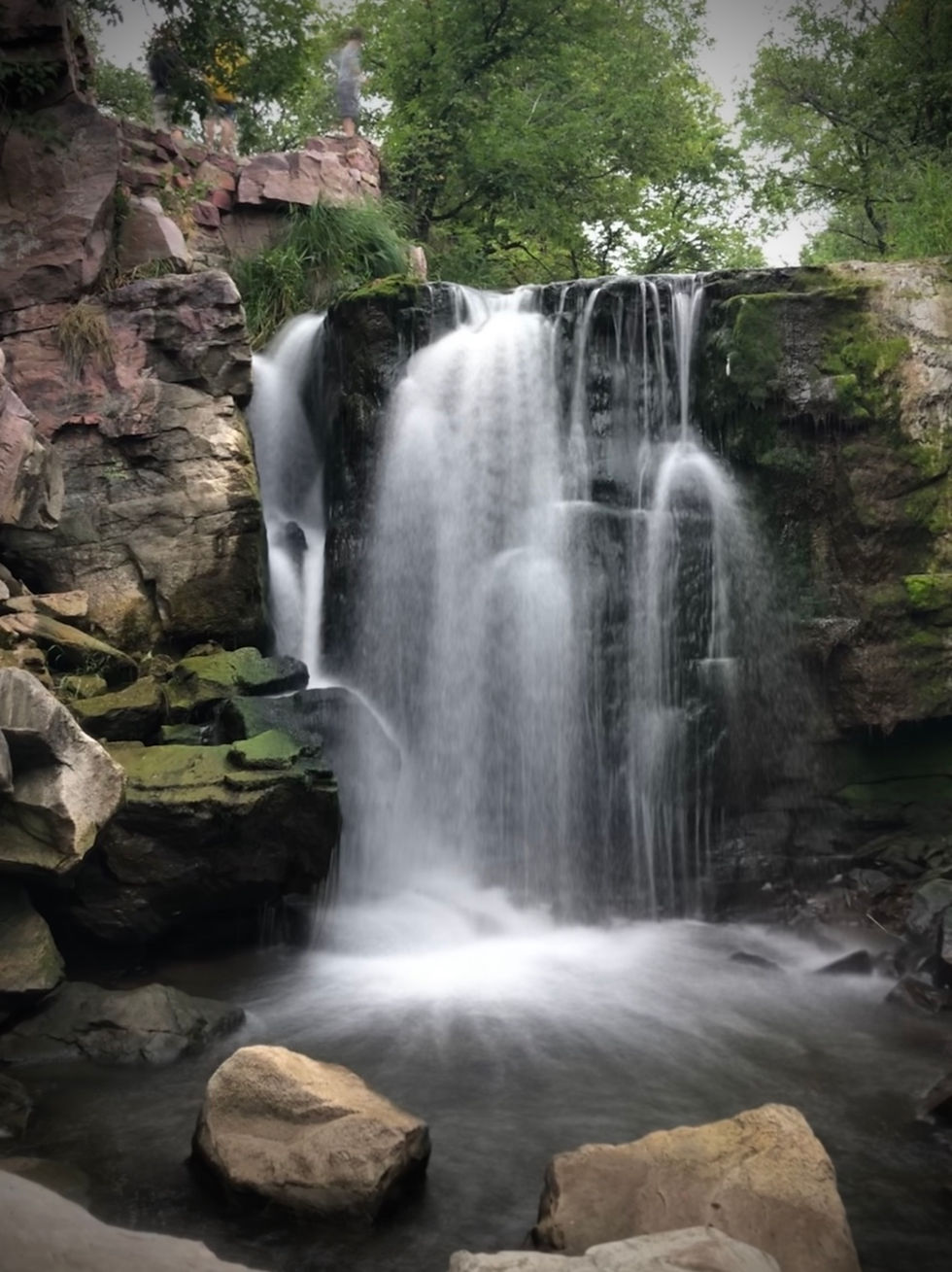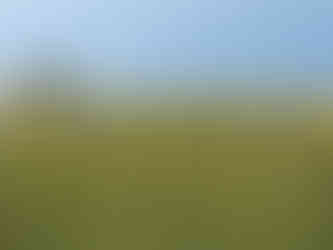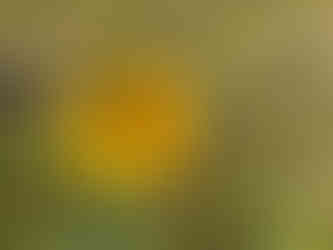
Everywhere where we are in this country - and many others - is on stolen land.
This is apparent nearly everywhere one goes. It doesn't take much scratching of the surface to see the deeper story, and the deeper one goes, the more confusing it gets.
We visited Lake Shetek State Park this weekend and made trips to Pipestone National Monument and Jeffers Petroglyphs. In each of these places, one can feel the vibrations of peoples and cultures, yearning, and loss in the rocks, the soil, the trees, prairie, and air. History can be heavy.
I wonder about my place in this world, and my own family's involvement in the pilfering of this land. This cuts especially close to the bone for me because as "famine Irish" my ancestors arrived in this country in desperate poverty and squalor, their lands, language, and culture having been taken from them by a colonizing superpower, hell-bent on eradicating the Irish from Ireland by any means necessary. I'll save the details and long drawn parallels between the Irish and indigenous peoples in America for another time. Even a scant amount of time spent on google will provide one with enough material on the matter to make my point obvious. History runs deep and repeats. That sort of thing has happened and continues to do so, all over the world, all throughout history.
Lake Shetek is a wonderful oasis in southwest Minnesota. It was also the site of a prolonged battle in the Dakota-US War of 1862 August 18 -22nd. Families living near Lake Shetek were attacked, told to leave, then attacked again as they were leaving - a few of them killed in Slaughter Slough, a few taken as captives then later released or killed. Why? They were uninvited guests and occupants of land that did not belong to them. The US Government had not honored the Treaties of Mendota or Traverse des Sioux of 1851 and the Dakota people's patience was tried beyond the breaking point. People died. White, indigenous, people from many countries, cultures, and differing melanin. It's what we do apparently.

Pipestone National Monument is a place of power. It is beautiful and windswept. I tried to imagine everything I saw was native prairie instead of the omnipresent corn and beans - but I felt much like an intruder on the land. Strips of white, red, and black cloth - some formed into pouches filled with tobacco - are tied to trees and rocks at various places throughout the park as offerings and prayers. As beautiful a place as it is and as much as I wanted to linger, I felt a more pressing need to leave. I loved the place but didn't belong.
Jeffers. Energy lives here. People have been visiting this 23-mile long ridge of Sioux quartzite rock outcroppings since the glaciers retreated some 12,000 years ago and big game and bison found their way through the plains. Pre-historic peoples, the Cheyenne, the Ote and Ioway peoples, the Dakota, and many more indigenous peoples have lived, hunted, and left their graffiti/stories etched in the rock surfaces over thousands of years. Some of it is barely visible, but one can see depictions of warriors, bison, moose, turtles, beavers, battles, spears, weaponry. Did this land belong to the Dakota, the Ioway, the Ote, or the Cheyenne - or the ancient ones who came before them?
Some of my mother's people lived in these prairies too - arriving in the late 1890s and early 1900s to farm what was once prairie, to hunt what once belonged to the Dakota. My father's family farmed near Avoca, MN - a small Irish enclave with a few English and germans thrown in - just south of Lake Shetek. Did they care that the land they were given by Archbishop Ireland once belonged to the Dakota? I doubt it. I imagine they worked too hard to think much of anything beyond what was in front of them. Some of my mother's side farmed near Jeffers, Comfrey, and other parts of Brown and Cottonwood counties. I wonder - did my grandparents see the carvings in the rocks just a few miles from their farms or were they too busy cutting timothy, making hay, burning flax, breaking rock, milking cows, and growing corn? Did the banshees and leprechauns my immigrant great-grandfather Curley believe in, exist in the rolling prairies here too or only in the green hills of Ireland and the Atlantic? Did the Hayes clan feel spirits in the wind they couldn't fully understand while the wind breathes, "leave, leave, leave"? Did my grandfather John Linus and his father Timothy Flynn - known for being hard men producing high-quality beef and drinking enough for a small army - feel as they belonged to that land? I don't know. My dad couldn't wait to leave but that may have had more to do with other things and not the fact that 70 years prior, those farm fields were prairies full of bison and peoples just as proud. No amount of digging through Ancestry.com will tell us their minds. We have small stories in their place. How do I feel - in my home in Saint Paul not far from pathways that were once native trails along the Mississippi River gorge? That is perhaps the more important question - and what am I to do about it?
Interested in Lake Shetek State park? Here's a little less somber post about this place.






























Comments